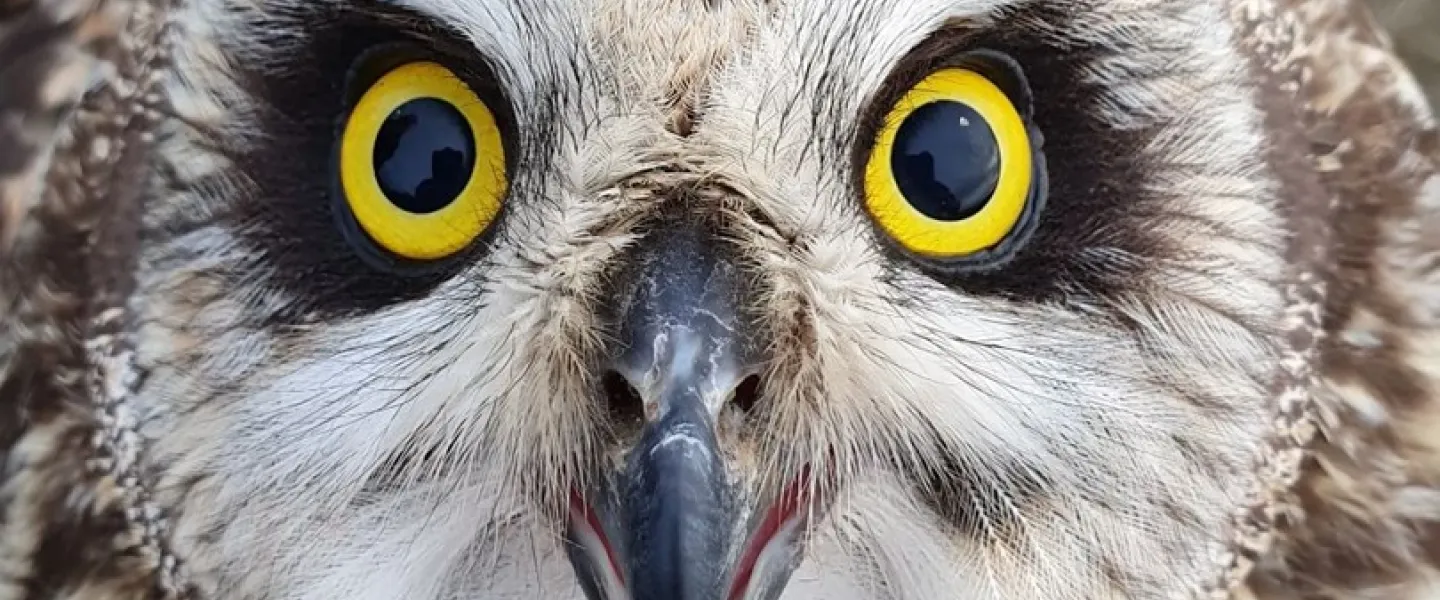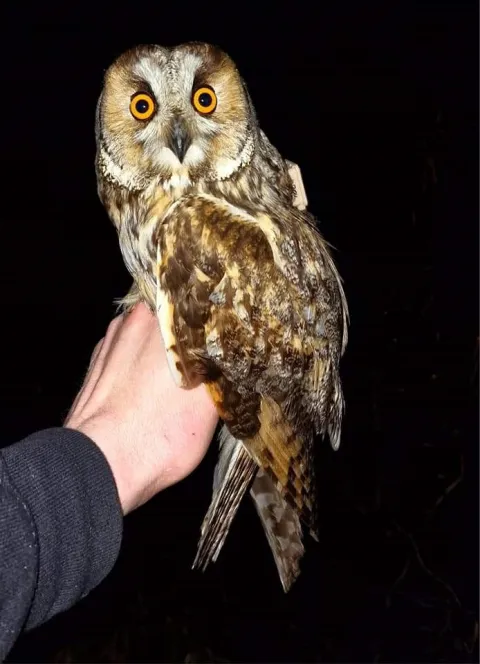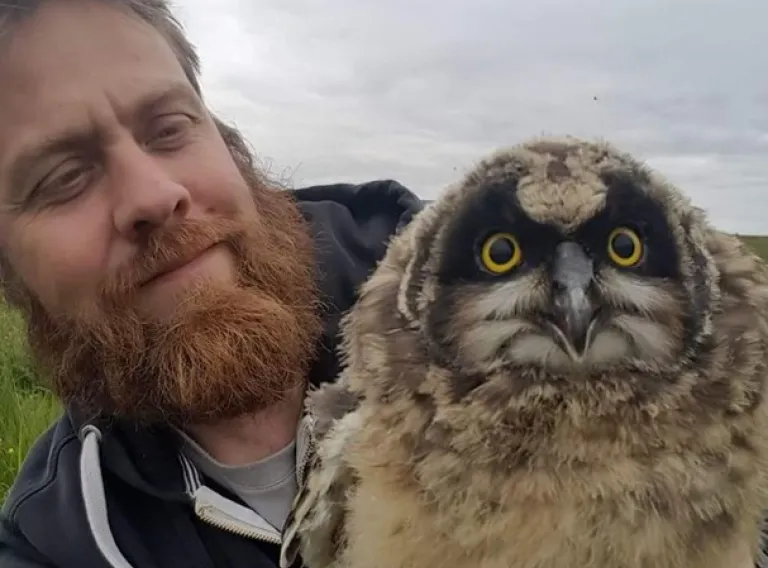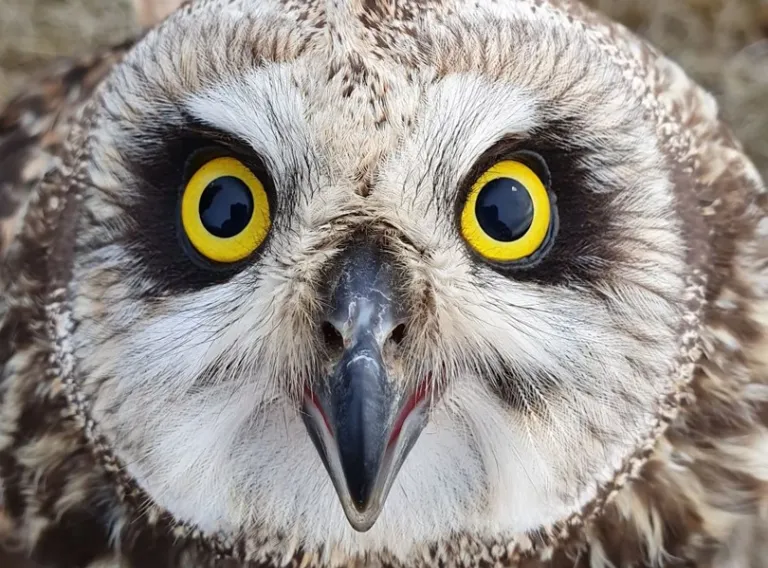
"Travel far, breed hard, die young!"
While this might sound like the lifestyle anthem of the toughest rockers of the 1970s, a recent groundbreaking study by ornithologists shows that the life of the Short-eared Owl follows this path. The findings, published a few days ago in the scientific journal Ibis, reveal unexpected routes taken by the owl, and reveal the urgent need for coordinated conservation efforts for this elusive species on a much broader scale than previously thought.
Mysterious movements of the Short-eared Owl
Little is known about the lifestyle of the Short-eared Owl, which breeds in Iceland, but the owl's nature to appear in large numbers some years and disappear entirely in others, has fascinated both scientists and bird enthusiasts for a long time. The mystery has also raised questions that have proved challenging to answer. This elusive behaviour has not been thoroughly investigated until now, with collaboration between scientists from the British Trust for Ornithology (BTO), the University of Iceland, and the Spanish Research Council (CISC). Among the scientists and authors of the Ibis article, which has attracted considerable attention, is Gunnar Þór Hallgrímsson, professor of zoology at the University of Iceland.
The Short-eared Owl is known as a breeding bird throughout most of Europe, but its distribution is unstable. The fluctuation is believed to be due to unpredictable food supply, as Short-eared Owls specialize in hunting rodents such as mice. Their prey is influenced by various external factors, including seasonal variations, weather conditions, and geographical locations. The food resource for Short-eared Owls is thus highly unpredictable, fluctuating significantly over time and space. Although the owl can switch to alternative prey if necessary, its likely response is to venture into the unknown to search for something better. Until now, investigating this wanderlust of the Short-eared Owl has been complicated, but technological advances have allowed Gunnar Þór Hallgrímsson and his colleagues to gather new data using GPS trackers, shedding light on previously hidden aspects.
"I love owls, and they repeatedly inspire me to to explore and understand their lives. When you look into the eyes of an owl, you immediately sense mystery and want to know more. The unpredictable lifestyles of owls add even more excitement to the mystery," says Gunnar Þór about this magnificent bird.
New GPS devices were revolutionary
Gunnar Þór has been tagging Short-eared Owls in collaboration with scientists at the University of Iceland. Gunnar Þór has captured the owls sitting on their nests or caught them while foraging in flight, attaching new types of small gps transmitters to monitor them through satellites and map their nesting areas and movements.





